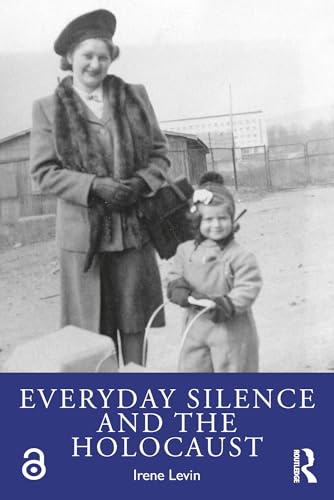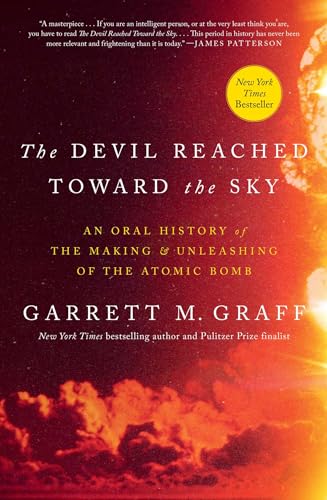
How it Happened
by Ernő Munkácsi
"Documenting the Tragedy of Hungarian Jewry"
Popularity
4.75 / 5
* A book's popularity is determined by how it compares to all other books on this website.
Where to buy?
Buy from Amazon* If you buy this book through the link above, we may receive a small commission at no extra cost to you.
How it Happened by Ernő Munkácsi
Details
War:
World War II
Perspective:
Researcher
True Story:
Yes
Biography:
No
Region:
Europe
Page Count:
391
Published Date:
2018
ISBN13:
9780773555129
Description
Brief Summary (no spoilers)
"How it Happened" by Ernő Munkácsi is a poignant and detailed first-hand account of the harrowing experiences faced by Hungarian Jews during the Holocaust. Drawing from personal experiences and observations, Munkácsi provides a comprehensive narrative that illuminates the brutal realities of this dark chapter in history. The book serves as both a personal testimony and a historical document, highlighting the systemic atrocities and the human resilience amidst overwhelming darkness.
Main Themes and Topics
The central theme of "How it Happened" revolves around the persecution of Hungarian Jews during World War II. It sheds light on the systematic nature of the atrocities committed and the mechanisms of oppression employed. Themes of survival, loss, and memory are intricately woven throughout the narrative. Munkácsi also explores the broader implications of these events on Jewish identity and post-war reflection, delving into issues of moral responsibility and the enduring impact on future generations.
Writing Style and Tone
Munkácsi's writing style is both direct and evocative, capturing the raw emotion and stark reality of the events he describes. His tone is often somber and reflective, yet there is a sense of urgency that permeates the narrative, urging readers to remember and learn from the past. The use of first-person narrative adds an intimate dimension to the account, drawing readers into the complexities and nuances of the historical events depicted.
Criticism
While "How it Happened" is widely recognized for its historical significance, some critics have noted its dense narrative and the overwhelming volume of detail presented, which can occasionally challenge the reader's engagement. Nonetheless, these elements are often seen as a testament to the author's commitment to recounting a comprehensive and honest portrayal of the Holocaust's devastating impact on Hungarian Jewry.









